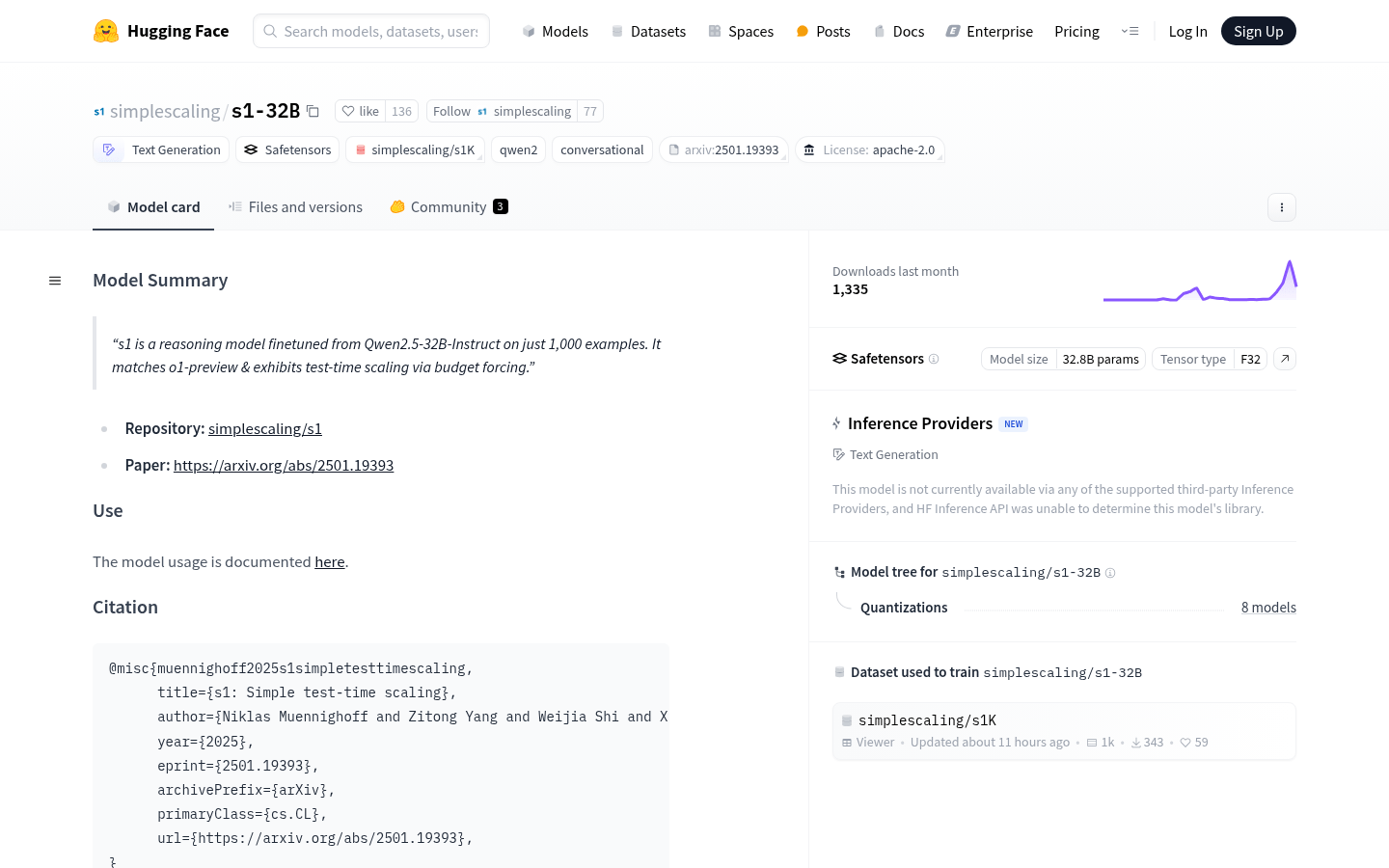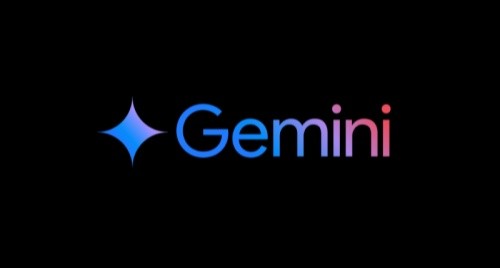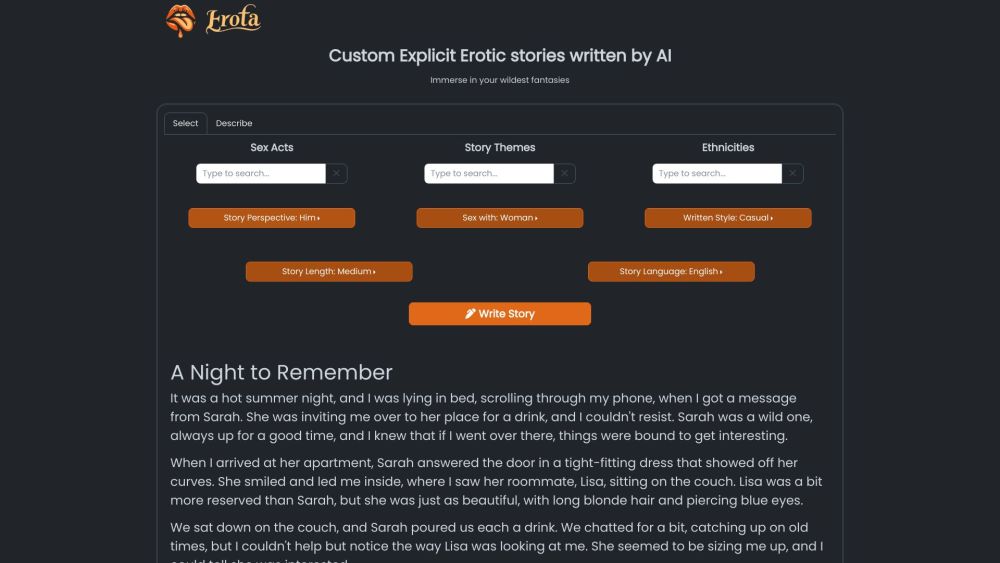
What is s1?
s1 is a specialized inference model focused on efficient text generation with a limited number of samples. It uses budget enforcement techniques during testing to match the performance of o1-preview. Developed by Niklas Muennighoff et al., this model was published on arXiv. It employs Safetensors technology and has 32.8 billion parameters, making it suitable for text generation tasks.
Target Audience:
The model is ideal for researchers and developers in the field of natural language processing. It is particularly useful for applications requiring efficient text generation, such as intelligent customer service, automatic writing tools, and chatbots. Its open-source nature and ability to train on a small dataset make it a great choice for both research and development.
Example Scenarios:
Intelligent Customer Service: Use the s1 model to generate natural language responses, enhancing customer support.
Automatic Writing Tools: Generate articles, stories, and other text content using the model, boosting productivity.
Chatbots: Equip chatbots with natural language understanding and generation capabilities to improve interaction quality.
Key Features:
Fine-tuned based on Qwen2.5-32B-Instruct, focusing on inference tasks.
Efficient learning achieved with only 1,000 training samples.
Supports test-time expansion with budget enforcement techniques.
Ensures safety and stability using Safetensors technology.
Suitable for text generation tasks including natural language processing and dialogue systems.
Open-source with community discussion and version management support.
Comes with detailed documentation and code examples for easy integration.
Getting Started:
1. Download the s1-32B model file from the Hugging Face model page.
2. Install necessary dependencies like Safetensors and transformers.
3. Load the model and perform inference. Optional: Fine-tune with a few samples.
4. Call the model to generate text according to your needs, optimizing output with budget enforcement techniques.
5. Integrate the model into your application, such as an intelligent customer service system or writing tool.







